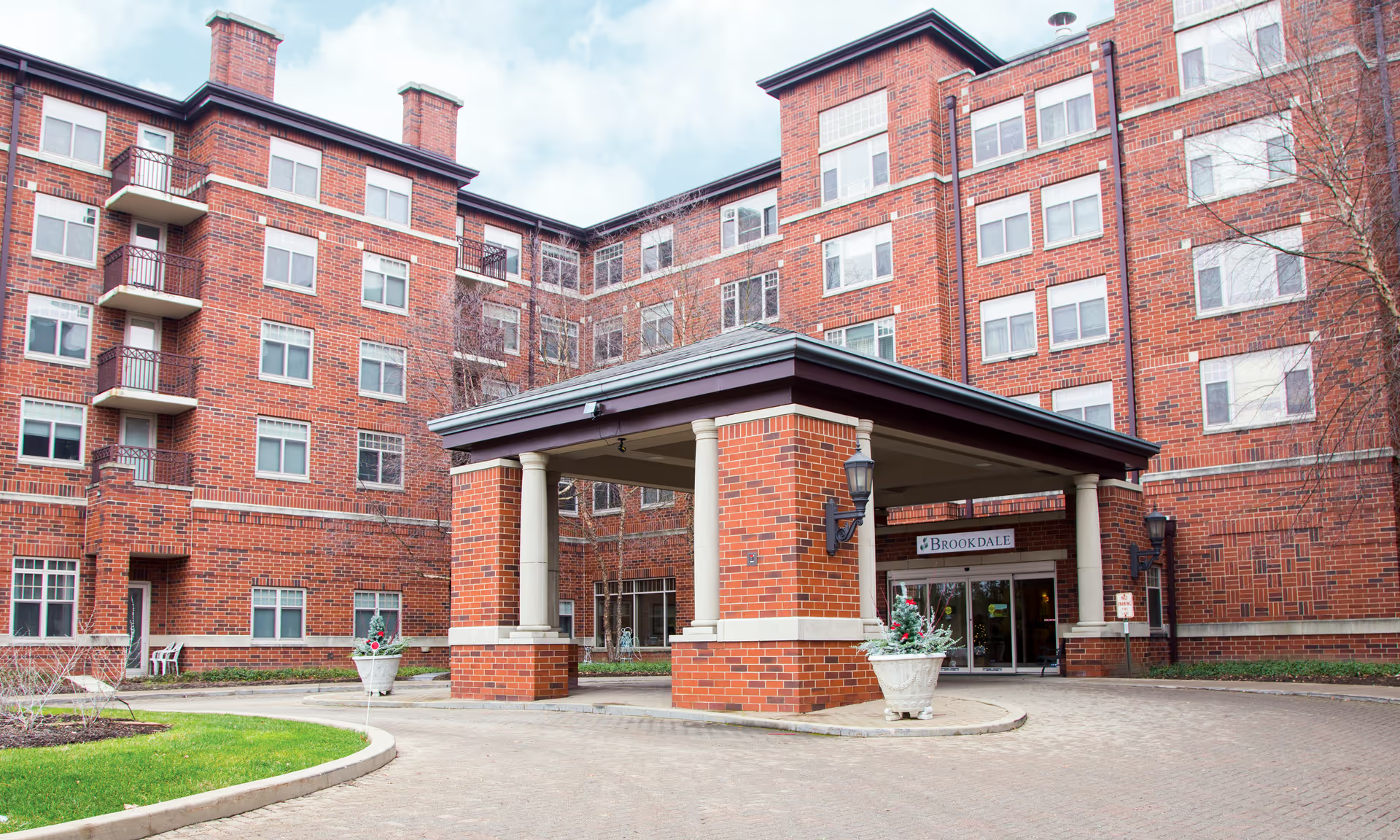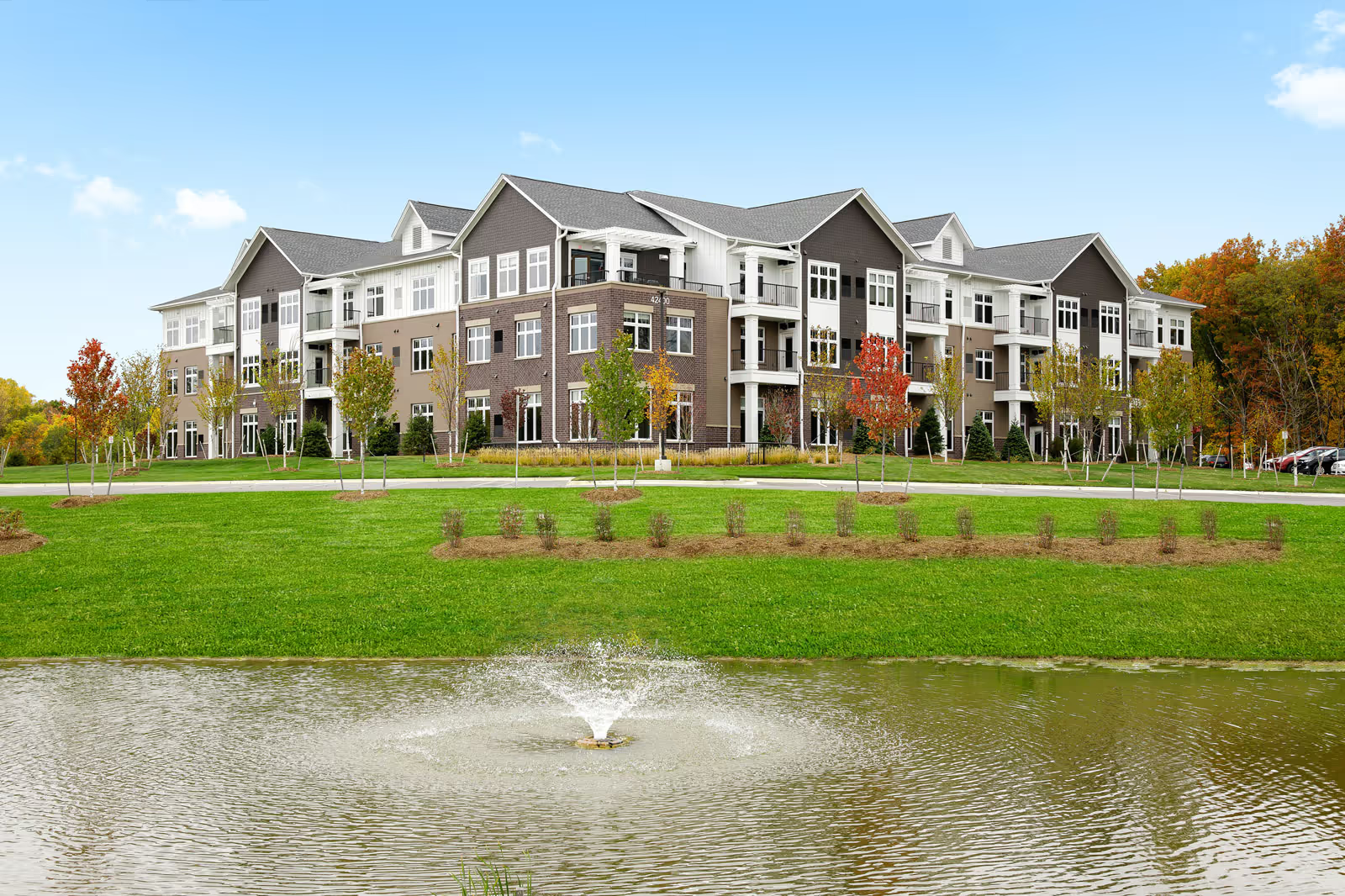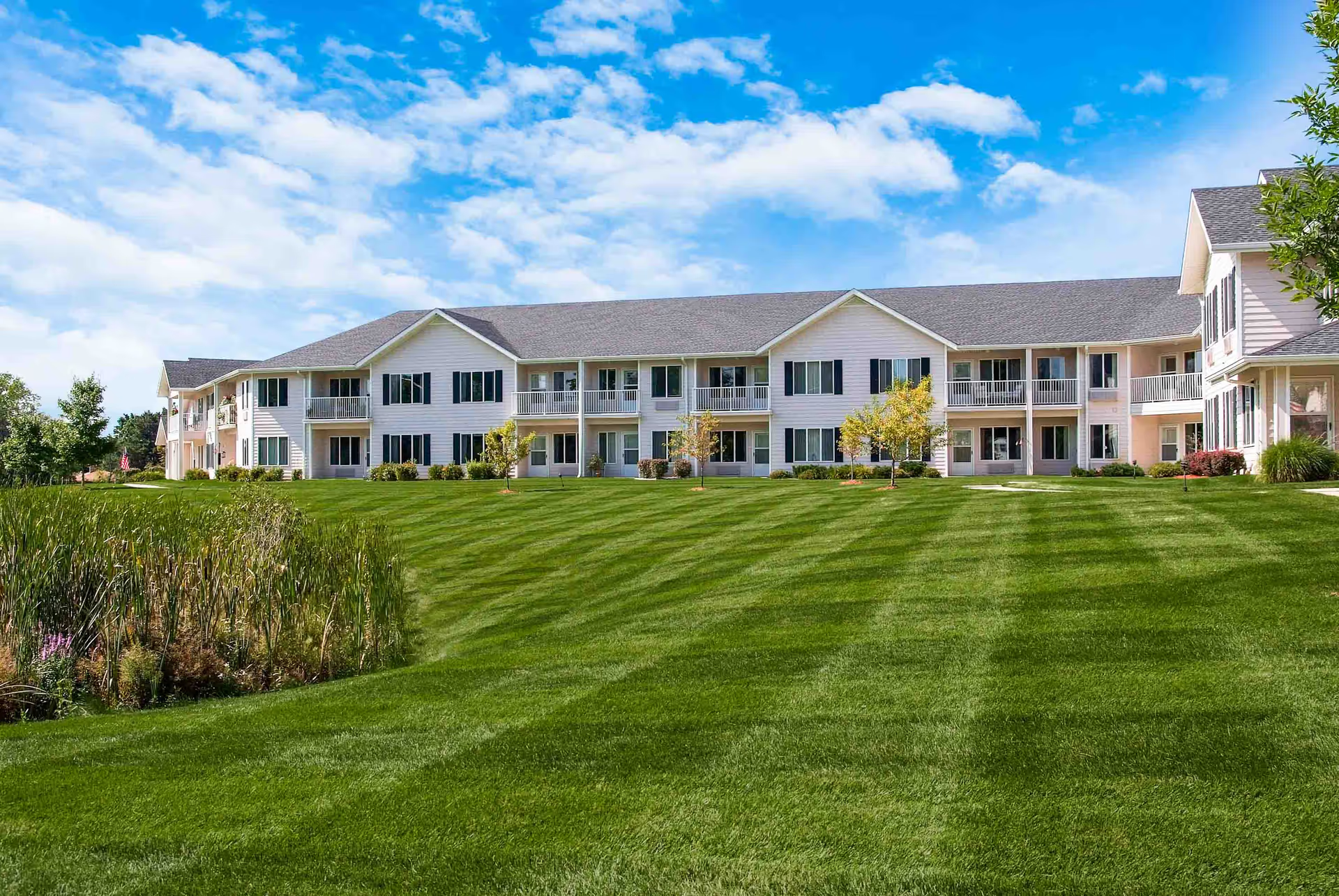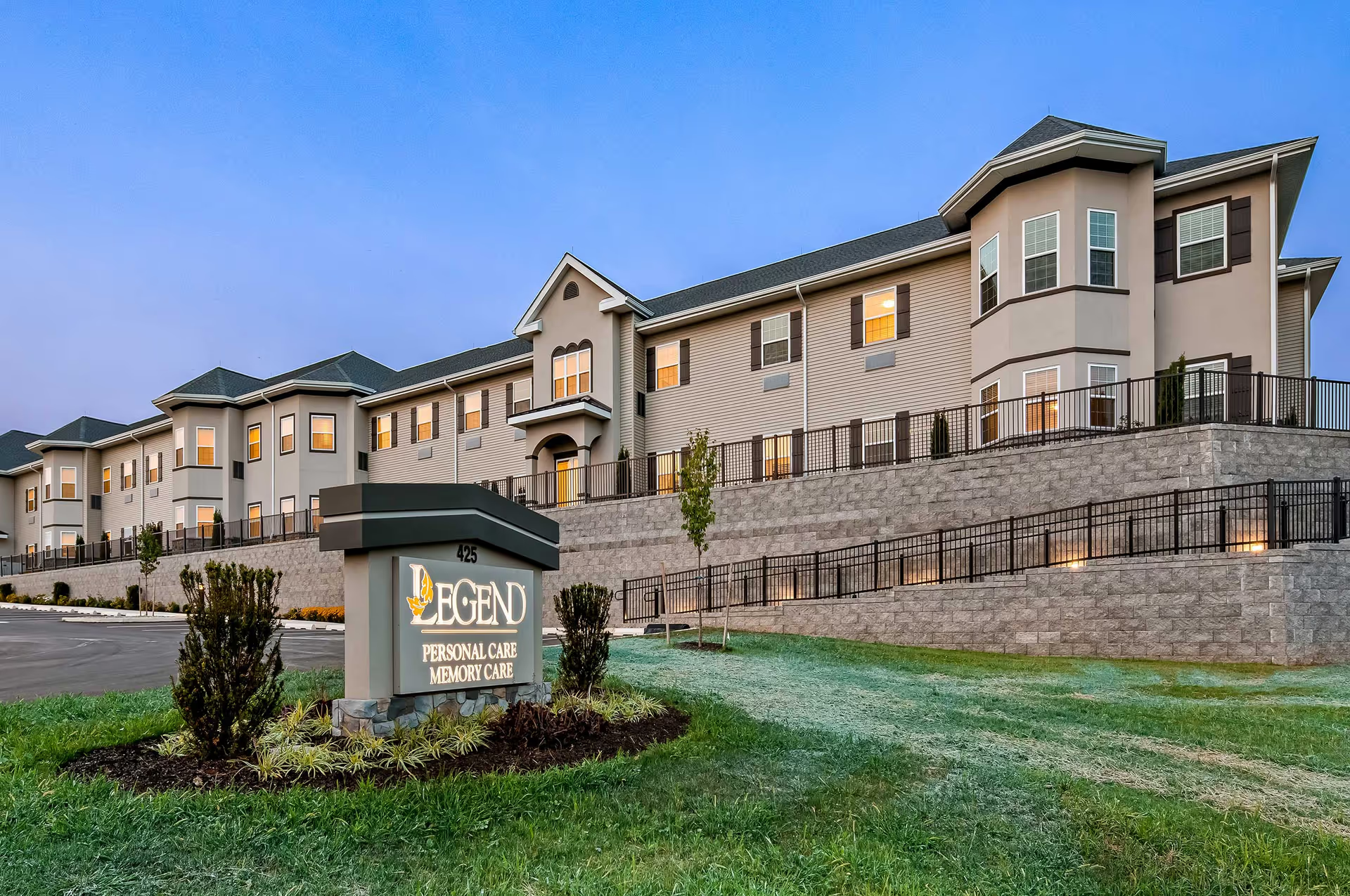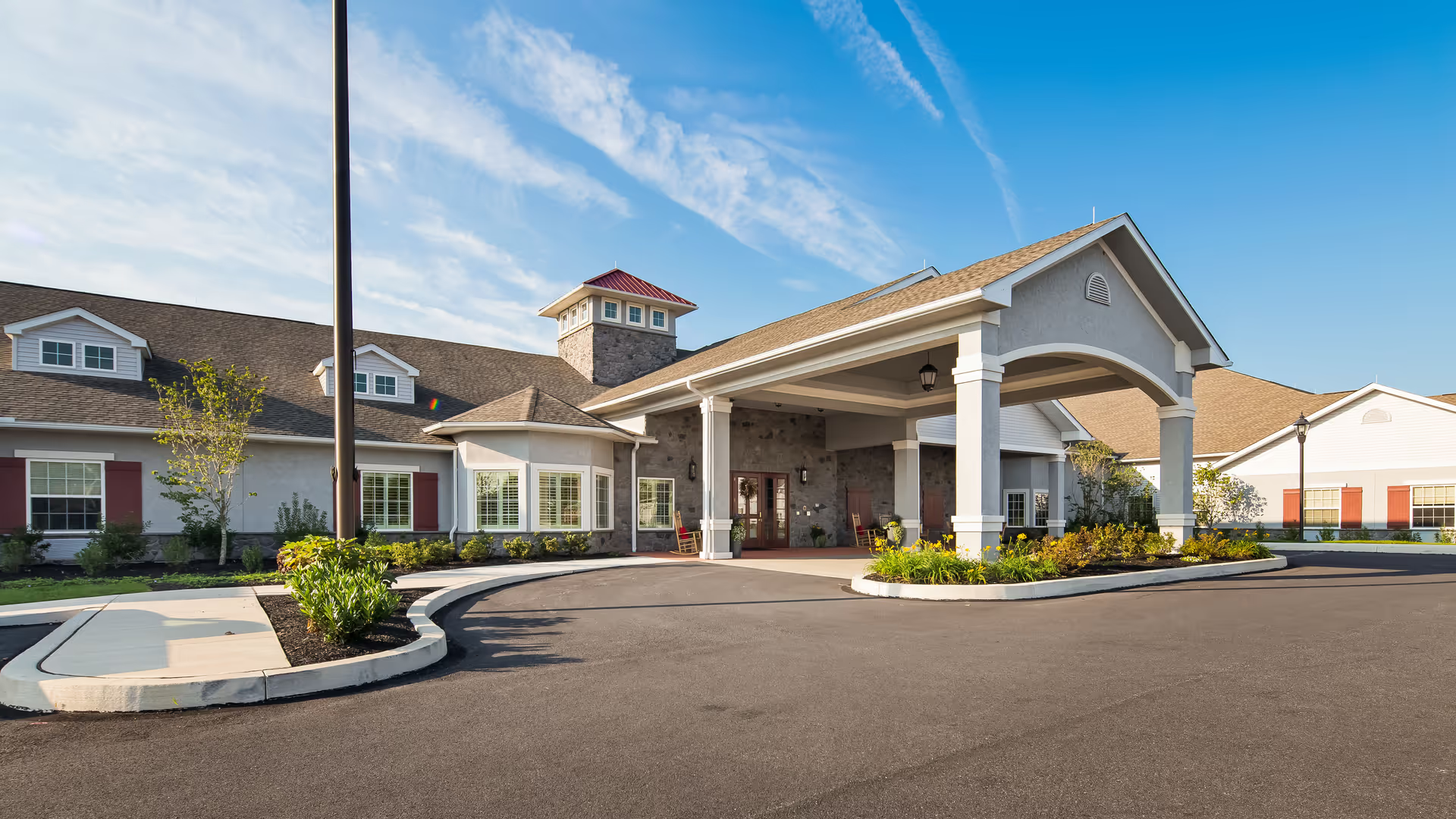Overall sentiment in the reviews for Avenue at Strongsville Care and Rehabilitation Center is highly polarized: there is a substantial body of very positive feedback praising the facility’s environment, therapy services, and many individual staff members, and a significant subset of very serious negative reports alleging understaffing, neglect, medication errors, and safety incidents. The reviews create a pattern of mixed experiences that appear to vary by shift, unit, and individual staff on duty.
Facility, appearance, and amenities: A dominant positive theme is the facility’s physical environment. Numerous reviewers describe Avenue at Strongsville as modern, clean, hotel-like, and well-maintained with private and spacious rooms, window seats, large bathrooms, attractive common areas (fireplaces, social sitting areas), two courtyards, and salon/beauty shop and library amenities. Many families emphasize the pleasant ambiance with no typical nursing-home odor, granite and upscale finishes, and a boutique-hotel feel. These aspects contribute to an impression of a facility that prioritizes comfort and aesthetics; several reviews note this helped residents feel at home and supported emotional well-being.
Therapy, activities, and dining: Therapy services (physical and occupational therapy) are repeatedly praised. Multiple reviewers credit PT/OT teams with measurable rehab progress and helping residents reach functional goals, and several explicitly recommend the facility for short-term rehabilitation. Activities programming is also often cited as a strength — reviewers mention a dedicated activities director, varied events (baking demonstrations, car shows, field trips), memory-care-friendly programming, weekend activities, and social interaction that improved mood and cognition. Dining and kitchen staff receive many favorable comments for good meals and accommodating dietary needs, though there are some reports of repetitive menus and occasional inedible meals. Overall, the facility’s programming and therapies are viewed as strong contributors to residents’ quality of life by many families.
Staffing and care quality: The most divisive and consequential theme is staffing and the resulting variability in care quality. On the positive side, many reviews name individual aides, nurses, and administrators who are described as kind, attentive, compassionate, and going “above and beyond.” Families frequently single out aides and specific nurses for excellent hands-on care and emotional support, and some reviewers describe strong nursing leadership (e.g., a responsive Director of Nursing and admissions staff) that fosters confidence. Conversely, a substantial number of reviewers report chronic understaffing, high turnover, and heavy reliance on temporary/agency staff. These staffing problems are linked to delayed responses to call lights, missed basic care tasks (bathing, repositioning, toileting, providing water), feeding errors (feeding while asleep), and inconsistent knowledge of residents’ needs. Several reviews state that night and weekend shifts are particularly problematic.
Serious safety and management concerns: Beyond general understaffing, reviewers describe more alarming incidents that include medication mismanagement or overmedication, alleged failure to follow medical orders, life-threatening skin conditions, pneumonia and repeated ER visits attributed to neglect, and even accusations that poor care contributed to resident deaths. There are reports that belongings were discarded in garbage bags and that families experienced emotional distress over how transitions and end-of-life care were handled. Some reviewers claim unprofessional or deceptive management practices (fake assurances, manipulation of reviews), poor communication (no return calls, failed discharge coordination), and an apparent prioritization of aesthetics or revenue over frontline nursing. A few reviews allege abusive behavior by staff (yelling, punitive treatment) and privacy concerns related to camera placement and surveillance. These are serious allegations and, while they are not universal across reviews, their recurrence in multiple independent summaries is a notable pattern.
Variability and patterns: A salient pattern is strong inconsistency. Many reviewers report a warm, family-like culture with standout staff and excellent outcomes, while others report neglect and unsafe conditions. Positive experiences tend to highlight consistent, caring individuals and strong therapy/activities engagement. Negative experiences frequently connect to staffing shortages, use of temporary staff unfamiliar with residents, and lapses during nights/weekends. The dichotomy suggests that resident experience at Avenue at Strongsville may heavily depend on staffing stability, the specific unit or shift, and the particular mix of permanent versus agency personnel on duty.
Communication and family support: Communication also receives mixed feedback. Several families praise admissions and administrative staff for smooth transitions, timely email responses, and transparent updates. Others criticize management for cold or unprofessional interactions, failure to communicate critical care issues, or shutting families out during complaints. Where communication and nursing leadership were proactive, families reported trust and peace of mind; where communication failed, families reported confusion, delayed care, and distress.
Cleanliness and housekeeping: Reviews on cleanliness skew positive overall — many call the facility spotless, well-maintained, and odor-free. However, a nontrivial set of reviews describe unclean rooms with debris on floors, unmade or soiled beds, linen shortages, and housekeeping lapses. These negative reports often coincide with accounts of understaffing, suggesting housekeeping inconsistencies may parallel frontline caregiver shortages.
Summary assessment and implications: In sum, Avenue at Strongsville shows many strengths — an attractive, well-equipped facility; robust therapy and activities; and numerous compassionate staff members who receive high praise. At the same time, the repeated and serious negative reports about chronic understaffing, high reliance on agency/temp staff, delayed or missed basic care, medication and safety incidents, and troubling management responses cannot be ignored. The overall picture is one of a facility with strong potential and clear assets, but with operational and staffing vulnerabilities that have led to critical failures for some residents.
For prospective residents and families, the reviews suggest the importance of detailed, specific inquiries during tours and admissions: ask about current staffing ratios by shift, the facility’s reliance on agency staff, turnover rates, night and weekend coverage, policies on medication administration and incident reporting, how personal belongings are handled at discharge, and how management responds to family concerns or complaints. Reviewing state inspection reports and asking for recent staffing metrics or examples of how the facility handled past incidents may help reconcile the highly mixed experiences reflected in these reviews. Ultimately, care quality at this facility appears to hinge on staffing consistency and management responsiveness — when those are strong, many families report excellent outcomes; when they falter, the consequences described in reviews are serious.

